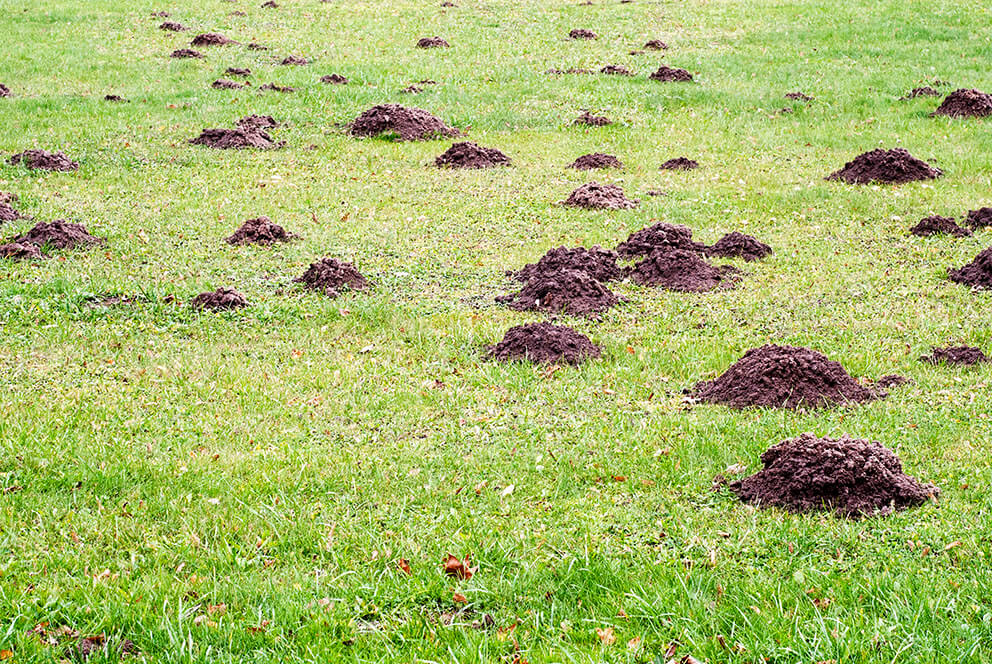Burrowing rodents destroy urban, rural and agricultural settings
Gophers, ground squirrels and other burrowing rodents can ruin your garden, damage tree roots, cause irrigation problems and erosion around your home. Much of the damages can lead to personal injuries and, potentially, litigation. Traditional control methods include baiting, trapping, and/or shooting, but these methods are not always the best approach. A great alternative to these methods is carbon monoxide!

The Problem with Poison
Poison is often the first thing that comes to mind when pests of many types need to be controlled. However, using poison to kill outdoor rodents could cause more problems than the customer realizes. The biggest concern is secondary poisoning. Secondary poisoning is when a non-target animal eats a poisoned rodent, they in turn, can receive a small dose of the poison.
- Every year, thousands of hawks, eagles, owls, and other birds of prey suffer from secondary poisoning.
- In one 2017 study, it was found that 97% of Red Tail hawks tested positive for exposure to anticoagulant rodenticides; these poisons can cause these birds to slowly die painfully from internal bleeding.
- Our beloved pets are at risk for secondary poisoning too. Cats are excellent hunters and a curious dog could easily catch and eat a dying, poisoned rodent.
Traps May Not be the Answer
- Traps are a non-toxic solution to outdoor rodents, but unless they are properly placed, baited and monitored they can be inefficient.
- Many trap sets require significant digging to properly place them.
- When poorly set, rodents can see the potential danger of a trap, and avoid it.
- Non-target animals can also be caught and injured in a trap.
- Traps are labor-intensive to the point where it is cost prohibitive.
Carbon Monoxide as an Alternative to Poison and Traps
Fortunately, there are alternatives to dangerous poisons and traps when it comes to eliminating burrowing rodents from your property. There is no need to put the lives of local wildlife, or your pets at risk.
Benefits of Carbon Monoxide Over Other Rodent Control Methods
- No poison baits left behind!
- Eliminates secondary poisoning risks in other animals
- No worry about traps or trapping non-target animals
- Treats the entire colony of burrowing rodents quickly, effectively, and humanely
- Does not require special permits such as Restricted Material Permits, Notice of Intents, or posted notifications.
How Carbon Monoxide works as rodent control
- First, the technician identifies underground rodent tunnel
- Application hose is inserted into the tunnel
- Machine pumps carbon monoxide through out the tunnel system. This can take several minutes depending on the size of the system. Some units provide a harmless smoke to ensure full coverage of the tunnel
Typical treatment at your home will take approximately 1-2 hours, best of all there are no poisonous baits left behind.

Efficacy of Using Carbon Monoxide to Kill Burrowing Rodents
Carbon monoxide as a rodent control device is quite effective. A single service can control a majority of the population depending on severity of damage. Areas that are heavily infested may require regular service to keep the population under control.
